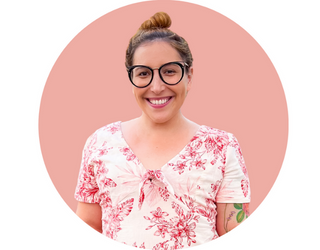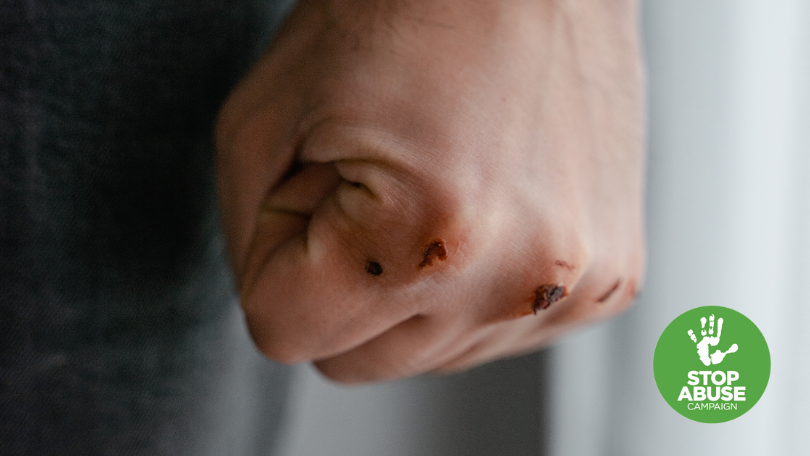Physical abuse against children causes lifelong harm. We know that physical abuse can be prevented, and it’s crucial that we dedicate resources to prevention. To do that, it’s important to learn about it and its lifelong consequences, so we have a better understanding of why it’s so critical that we dedicate resources to prevention. We also suggest resources for help and healing for yourself or someone you know who may have survived childhood physical abuse.
Defining Physical Abuse Against Children
CDC Kaiser’s ACE study found that physical abuse is the most common of the ten Adverse Childhood Experiences (ACEs). The CDC reports that, “At least 1 in 7 children have experienced child abuse or neglect in the past year in the United States. This is likely an underestimate because many cases are unreported.”
Physical abuse occurs when a parent or another adult in the household frequently pushes, grabs, slaps, throws things at a child, or hits the child hard enough to leave marks or injuries.
There are many complex reasons that physical abuse of children occurs, including:
- A lack of parent-child bonding,
- A caretaker’s poor coping skills, and
- A lack of knowledge around the serious consequences of physical discipline that leaves marks or injuries.
Consequences of Physical Abuse Against Children
The consequences of physical abuse are severe and often last into adulthood. When a child lives in constant fear of the next blow, it causes lifelong harm. Here are just a few examples:
- Maladaptive coping skills leading to risk of revictimization, violence, and risky behaviors,
- Physical and mental health issues including chronic and infectious diseases,
- Lack of opportunities in education, occupation, and income, and
- Early death, including suicide.
A World Without Physical Abuse Against Children
Countless people across the U.S. are suffering the painful consequences of physical abuse. It’s heartbreaking because it is absolutely preventable. Programs like Maternal Home Visiting are showing astonishing success in the prevention of ACEs. If we were to prevent physical abuse and ACEs, we would:
- Break generational cycles of abuse, neglect, poverty, incarceration, and disease,
- Dramatically reduce prison and homeless populations, and
- Prevent many of the leading causes of death, including heart disease, cancer, and suicide
There is never a reason to hit a child, much less physically abuse them over and over again, leaving enduring physical and emotional scars. Children who are raised without this fear have a better opportunity to reach their full, innate potential, better equipped to meet the challenges of our world and help solve them in future generations.
Get Help and Heal from Physical Abuse
If you or someone you know is in physical danger right now, call 9-1-1. The Childhelp National Child Abuse Hotline (1-800-422-4453) and website are great resources for survivors, teenagers, parents, and anyone who wants to learn more about how to help someone in trouble right now.
To begin healing from the trauma of physical abuse and other adverse childhood experiences, visit The Trauma Foundation’s resource library.
You can help make sure this never happens to another child. Learn how by subscribing to our newsletter and supporting our work. Read about the ten categories of ACEs by following our blog. Do you know your ACE score? Take the ACE test here.
Do you know your score?
Discover your ACE score and unlock a new understanding of your life. Take the test and gain insights into how your early experiences shape your well-being. Don't let your past define you – empower yourself with knowledge.

Gem Garcin
Brand Specialist & Social Justice Enthusiast
Gem's career began in criminal justice reform, supporting young people with trauma and ACEs. Now Gem melds a passion for parenting, antiracism, social justice, leadership, and storytelling as a marketing and brand specialist, with a focus on inclusivity.
